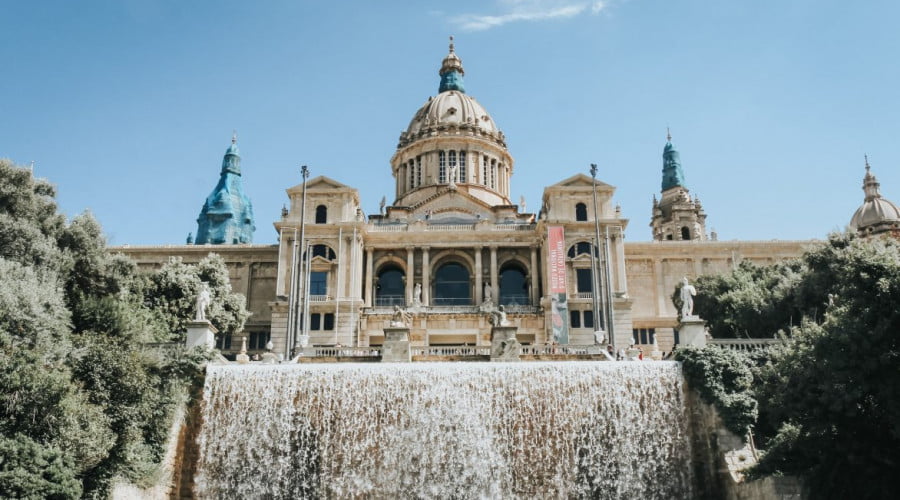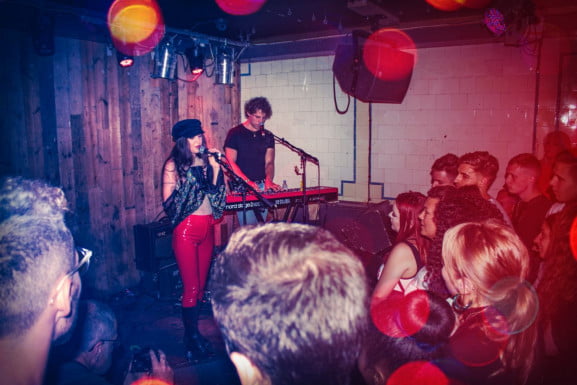Barcelona’s Olympic Village & the 92 Olympics (barcelonaolímpica)
Every city would love to host an Olympiad but the fact is that few cities will ever get the opportunity to do so. It requires several years of accumulated anticipation and a huge amount of time and capital to invest. It was given to Barcelona to host the 1992 Summer Games – and they really succeeded.
This organizational marvel among Spanish cities succeeded in something that many hosts of the Olympic games events never achieve at their best. The planners did not pay billions of hard earned money on what could only be referred to as ostentatious and costly facilities which after sometime, would be left idle only to have graffiti written on its walls with its doors permanently closed for business.
However, this was not the case since city planners were always tactical. They employed the Olympics for the purpose of rejuvenating the exhausted industrial coast which has been a dream for the city for quite some time. They did not spend large amounts on a fortnight of partying but exploited the opportunity of Olympics to build a massive Tourist attraction that would enhance the existence of the locals.
Estadi Olímpic Lluís Companys – The Olympic Stadium
Estadi Olímpic Lluís Companys might have been the rationale that the Olympics planners were keen on transforming the Olympics into long-term victory for the city. The facility was constructed prior to the 1929 International Exposition in order to host a number of different spectacles. It was used in the city’s bid for hosting the summer Olympic games which was held in the year 1936. Sadly, it was defeated to Berlin which turned out to be the final host before the 1936 Summer Olympics.
The stadium as such failed in another chance of demonstrating itself. As it has been revealed, the city fathers planned the People’s Olympiad as an antigovernment protest because they were fundamentally against awarding the Olympics to Berlin in 1936. The same was the Nazis which were boasting their strength and world War II was just at the corner waiting for the right time to strike. However, the event planners had to discontinue with People’s Olympiad because of outbreak of Spanish Civil War.
It is for this reason that over the years the said stadium became obsolete and dilapidated. In the following years it deteriorated down to such condition that the F1 car racing nearly faced a boycott when drivers were offended to act as teams when protesting on the fact that they had to use the stadium for the race.
With the athletes from 169 countries parading into the stadium for the actual opening ceremonies of the 1992 Olympic games, those present saw a stadium that was in essence, brand new. As much as the exterior was concerned, it was still unchanged, but as far as the arena including the stands were concerned they have been demolished and then reconstructed from scratch.
After 56 years, the stadium could boast title Olympics Stadium Lluís Companys. It was expanded again in the year 2010 and still stands out as a practice venue for a number of people in the society as well as visitors from abroad.
La Vila Olímpica del Poblenou – The Olympic Village of Poblenou
An Olympics Village is virtually an encampment for athletes and other categories of people during the preparation period as well as throughout the event. Thus, for many of the athletes it will be the life experience they won’t be able to repeat and for this reason it will remain unforgettable. The spirit of exercising promotes good relationship among the competitors to the various events. After the Closing Ceremony, an Olympics Village can be largely abandoned; the village is only operational for a short time during the Games. This resourceful city did not permit this to happen.
The architects built the Olympic Village in a shabby industrial and working people area. They were ugly, old and dilapidated warehouses and factories became transformed into a fashionable district that people has moved into, work at and play. An existing railway line that separated the district from the sea was eliminated before
Kiloo It should also be noted that during the tour the Olympic Village as well as the neighborhoods surrounding the area should not be missed.
The Beach: Eat, Drink and Shop: Passeig Marítim: Casino Barcelona: Peix d’Or: Torre Mapfre and Hotel Arts: Olympic Swimming Pools: SlowGaudi’s Sagrada Familia:
The Beach: District hosted two miles of constructed beach by means of using thousand of tons of sand from Egypt. An old and dark industrialized region has been transformed into beautiful beaches. Pack a towel and sun lotion and spend time sunbathing then take a swim.
Eat, Drink and Shop:verture becomes a gourmet in the numerous restaurants, have a drink with the new and the old friends in any of the provided bars and shop in some of he many modern and stylish boutiques.
Passeig Marítim: It is 5 km Shoreline that runs from Barceloneta along the coastline up to the Forum. It’s enjoyed by everyone. Take a walk by the sea or the river, jogging, rollerblading, biking or cycling or just watch the view.
Casino Barcelona: Feeling lucky? Are you in need of show or concert to attend? Like tapas, flamenco and Spanish guitars/spanish gitar? As one of Europe’s most exclusive gambling destinations, this fabulous seafront casino is situated next to the Hotel Arts.
As an example, Frank Gehry could well have designed the world’s biggest goldfish for Peix d’Or. This means that this attractive sculpture made out of metal will capture the attention of anyone who will come across is.
The two tallest buildings in the city are Torre Mapfre and Hotel Arts that can be regarded as skyscrapers. Luxurious 5-star hotel Arts was constructed two years after the Olympic Games and allowed guests and residents to enjoy spectacular view. Those people who appreciate art will like the Spanish contemporary art that is displayed in the hotel.
For the outdoors, the still an outstanding feature is the diving pool that gives the view of the city. The outdoor diving pool was used by Kylie Minoque, an Australian singer in the filming of her music video Slow.
Gaudi’s masterpiece ‘Sagrada Familia’ is also one of the Gothic architecture but being Gaudi’s creation it has it’s own style. Gaudi started construction of the cathedral in 1882 and right to this date it is yet incomplete. Completion is scheduled for 2026.
Thanks to the organization of the 1992 Olympics, significant positive changes have been made to benefit the residents of France as well as the guests. So, while visiting this wonderful and historical city, do not fail to marvel at the wisdom of those who provided for the next generation.
Table of Contents



